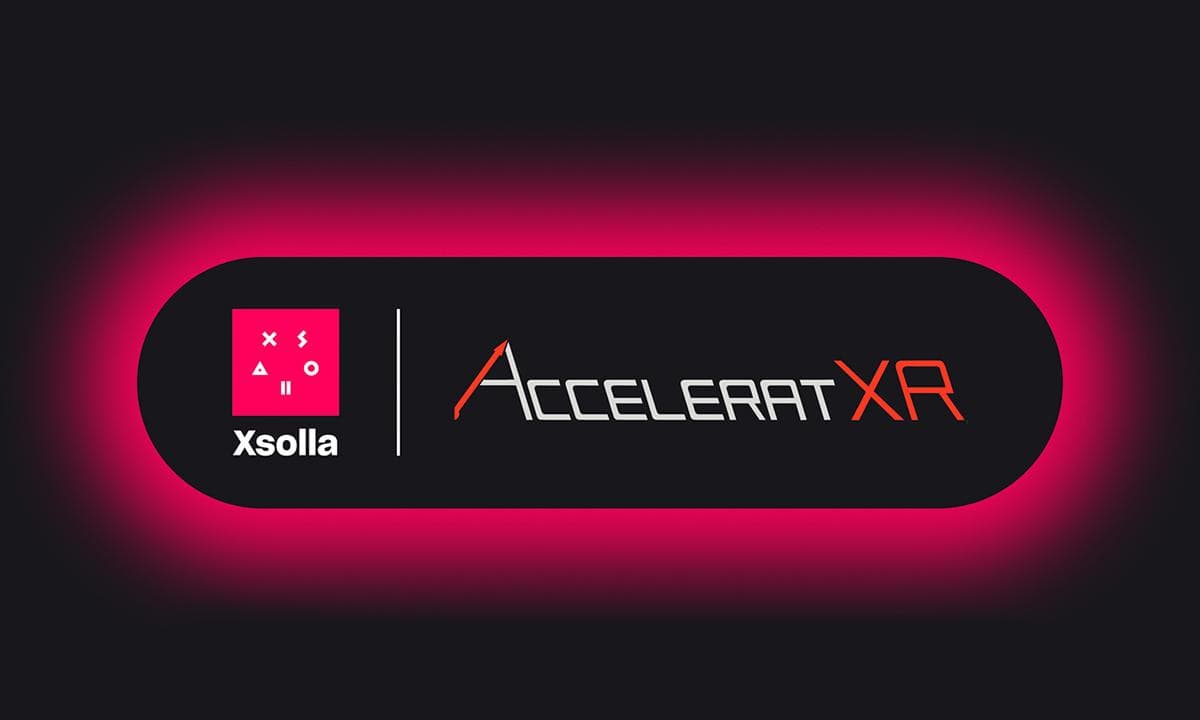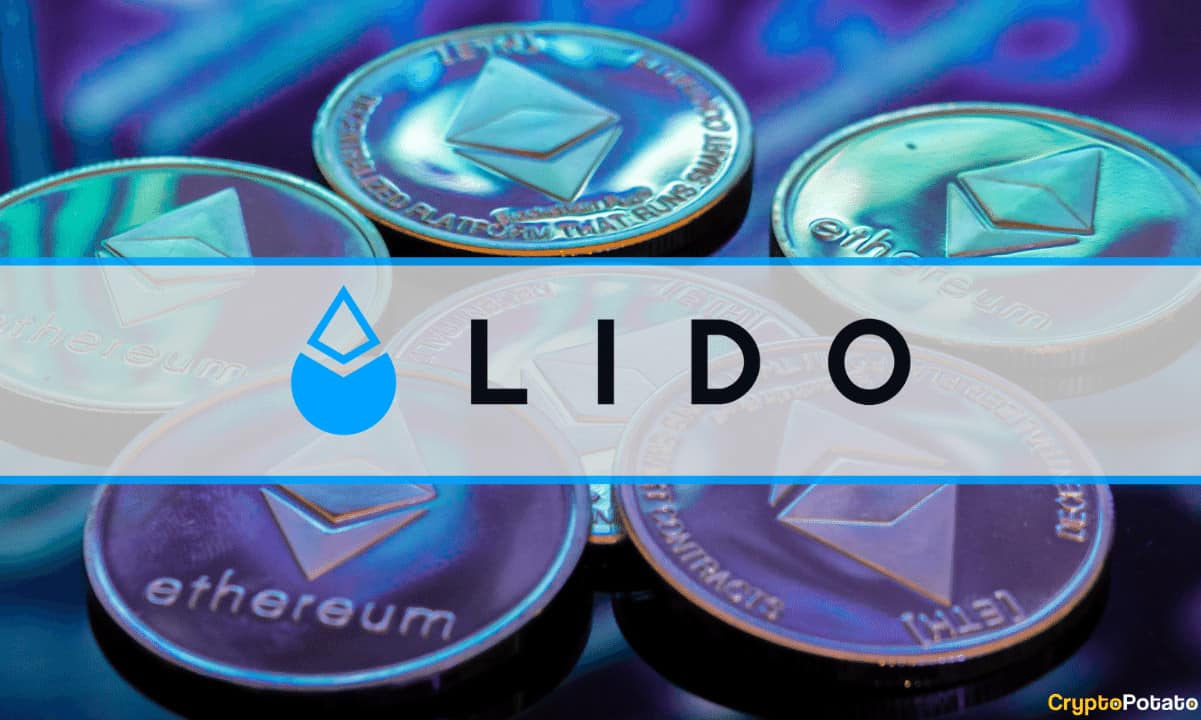Could Uphold’s Tether Delisting Signal Trouble for USDT in Europe?
A popular New York-based crypto exchange, Uphold, announced the delisting of six stablecoins in response to the upcoming MiCA regulation in the European Union, including Tether (USDT) – the largest of the cohort.
This decision aligns with the Markets in Crypto Assets (MiCA) regulation, which fully takes effect on June 30th, 2024. Passed into law in May 2023 and partially enacted a month later, MiCA requires all digital assets to comply with its extensive regulations.
However, it does raise concerns about the future of USDT in the region.
Implications of MiCA Regime on Tether (USDT)
According to Tim Wang, COO of Elixir, short-term effects may lead to market dislocation for liquidity and trading markets due to USDC and USDT dominance on centralized exchanges.
In an exclusive statement to CryptoPotato, the Elixir exec mentioned that an intermediate term solution would likely be needed unless the EU decides that it no longer wants to be involved in facilitating crypto markets altogether.
Wang also noted that the US dollar-backed stablecoins and assets are still the primary form of collateral in the crypto markets as Euro stablecoins have failed to gain much adoption at all.
The new EU crypto laws impose stringent regulations on fiat-backed stablecoins and e-money tokens exceeding a specific adoption threshold as defined by seven quantitative and qualitative indicators. This system places oversight with the European Banking Authority instead of national authorities.
Key provisions of MiCA include a 1:1 backing of fiat-based stablecoins with liquid reserves, custodial separation of reserve assets, and a prohibition on algorithmic stablecoins.
Uphold is not the only one to have caved under pressure. In a bid to ensure compliance and steer clear of regulatory issues, several major crypto exchanges such as Kraken, Binance, and OKX have made certain changes to their stablecoin listing policies.
Stablecoin Hegemony At Play
While the upcoming MiCA regulations in the EU could set a precedent influencing crypto regulations in other regions, including the US, the provisions for stablecoin may not hold the same importance.
Unlike other regulatory frameworks that originated in Europe and were adopted in the US, such as GDPR evolving into CCPA in California, Wang believes that stablecoin regulation will be more complex since “stablecoin hegemony” will increasingly become a contentious political topic, exemplified by former President Donald Trump’s recent meetings with the US-based Bitcoin miners to discuss the future mining in the country.
“This can easily become the same case as with USD vs other currency-denominated stablecoins.”
The post Could Uphold’s Tether Delisting Signal Trouble for USDT in Europe? appeared first on CryptoPotato.








